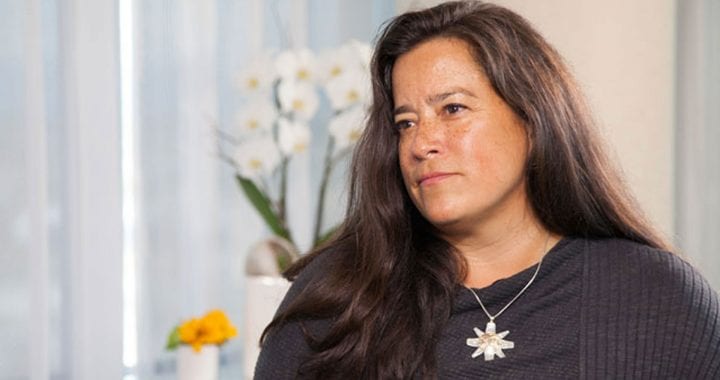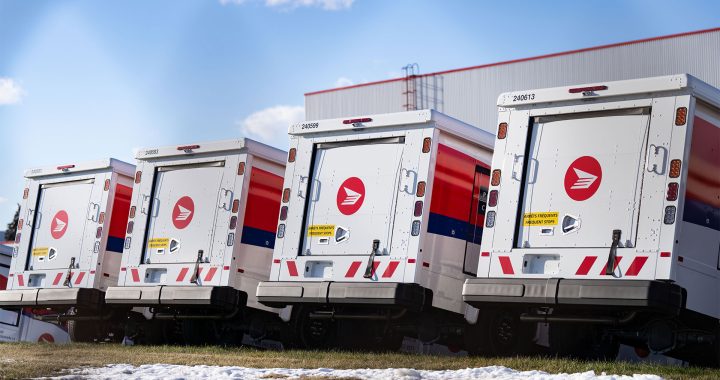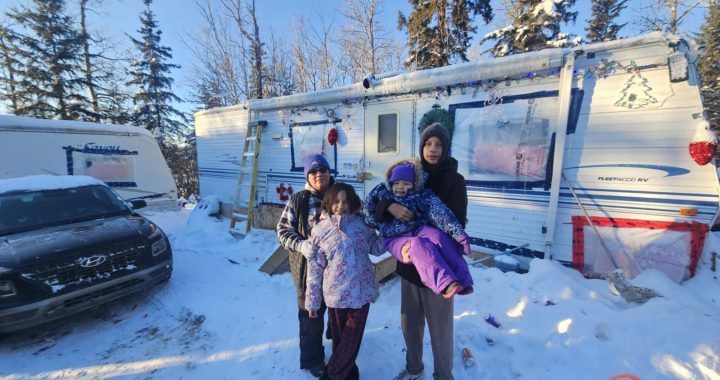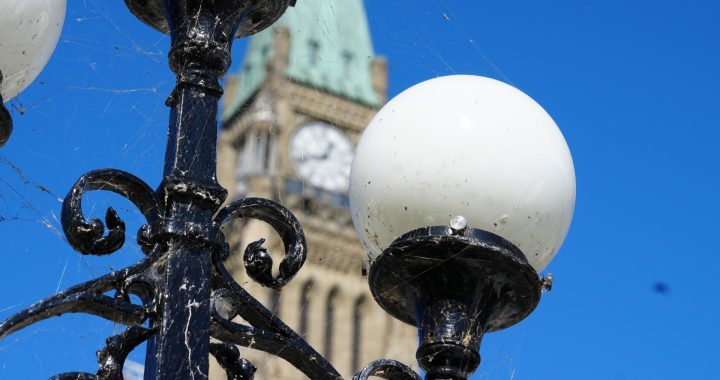Debate is raging nationally after Prime Minister Justin Trudeau invoked the federal Emergencies Act for the first time in its 34-year history earlier this week.
The law gives the feds sweeping powers to crack down on disruptive pandemic protests they say are linked to extremism and crime.
“We’re talking about a group that is organized, agile, knowledgeable and driven by an extremist ideology where might makes right,” Public Safety Minister Marco Mendicino told reporters Wednesday afternoon.
But not everyone is convinced the biggest security sledgehammer in Canada’s toolbox is needed to squash the occupation of downtown Ottawa, where a brigade of vaccine-opposed protesters has been living in vehicles and turning streets into shantytowns for 20 days.
The occupation also spawned multiple solidarity blockades at international border crossings and vital trade arteries, which the act would stop from popping up again.
“There already exist tools to deal with this kind of public order event,” Andrew Crosby, a Ph.D. candidate and researcher at Carleton University, told Nation to Nation. “It depends who you ask but it seems like it is a bit of an overreach and could set a precedent for the future.”
Crosby regularly uses the access to information system to shine a light on policing, security and intelligence techniques with a focus on how they’re used on First Nations.
Blockades, occupations, solidarity demonstrations and crowdfunding are common tactics of Indigenous-led direct action that the convoy has used to great effect in its uprising against COVID-19 public health measures and the Trudeau government.
But the blockade rose to prominence among First Nations in the 1980s as a form of resistance to colonial governments and private corporations encroaching on unceded or treatied territory, Crosby told N2N.
As a result, he said the invocation of potentially draconian measures probably won’t put a chill on what many prefer to call land defence — and it’s not clear how future Canadian regimes respond.
“I don’t think this is going to deter Indigenous communities from defending their land,” he said. “But if it gives more powers to police and to security institutions to repress and suppress Indigenous-led movements to defend their land, then that could be a real concern.”
Read More:
‘We just get violence’: Is there an inequality gap when it comes to protesting?
Police, military won’t say how many members are supporting convoy protests
Meanwhile, on Thursday the Liberals defended a motion confirming the emergency declaration that, with support from the NDP, will likely pass in the House of Commons. But the emergency could be revoked if it fails to pass in the Senate.
Police also amassed in the streets of the capital, warning occupiers they could face arrest while warning residents the techniques they’re ready to use are “not what we are used to seeing in Ottawa.”
Police have been accused of botching the occupation from the beginning and videos of officers cozying up with protesters have caused consternation and outrage.
Crosby said police and security institutions are conservative-leaning in nature and so their members tend to gravitate toward movements like those fuelling the convoy — including ones on the far right of the political spectrum.
Internal military counter-intelligence files obtained by Crosby said far-right groups “will always attract” both active and former military personnel.
He told N2N “we really see this coming to the fore in these freedom convoy protests.”
And if Parliament does confirm the emergency declaration, a public inquiry must follow. It would likely probe this and a whole lot more.
“Maybe we’ll get some answers there,” said Crosby.
Also on N2N, we examine how a new — and free — human rights clinic in Ottawa is helping urban Indigenous people navigate life “on the frontline of racism.”
Catch both interviews above.












